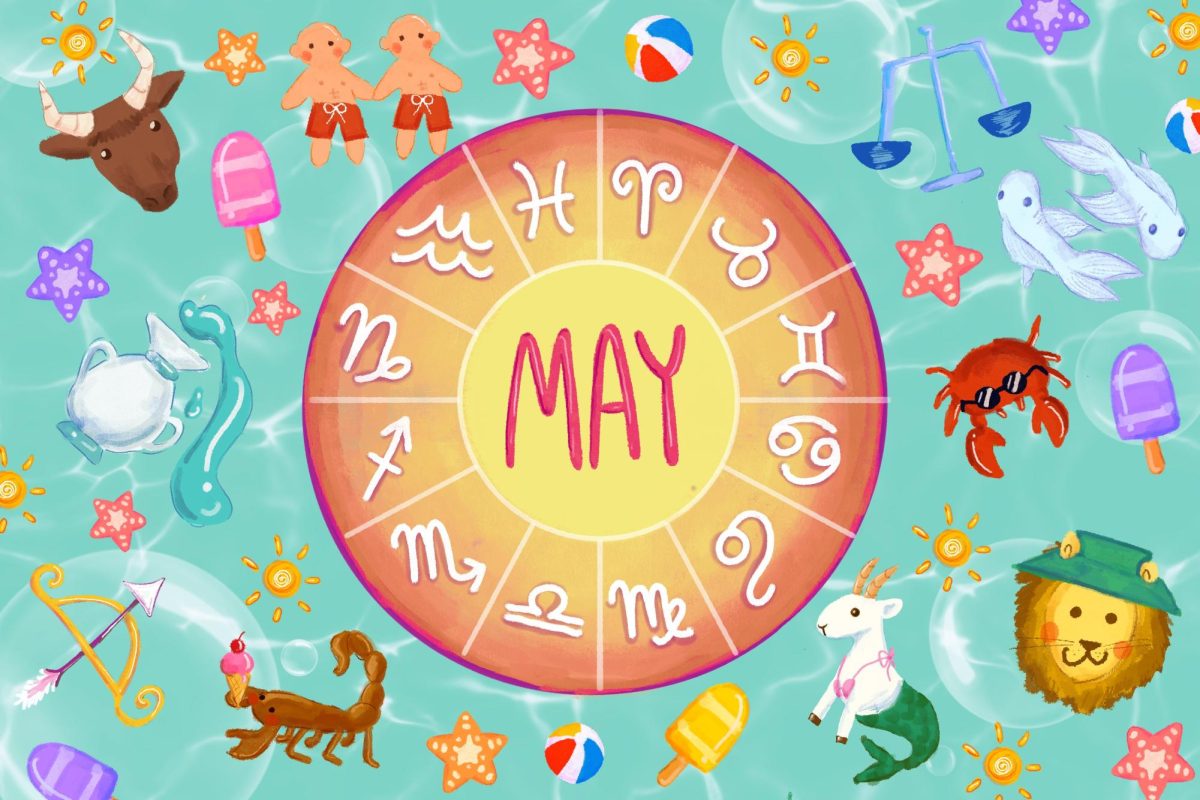Roger Federer is considered by many to be the greatest tennis player to ever step foot on a court. The records of his legendary predecessors, once believed to be unbreakable, have been eradicated and rewritten by the Swiss tennis master. His guile and grace coordinate rhythmically with some of the finest racket skills ever. Let there be no mistake — Federer is truly an artist at work, but throughout his career, there has been one ineffable opponent who has matched or overcome Federer’s power on more occasions than he would probably like to admit. This other tennis legend, of course, is Rafael Nadal.
Nadal holds an 18-10 record against Federer. This supremacy over his rival is an honorable triumph for Nadal, to say the least.
Now the question is, as the masses have been uttering for years, how can a man be the best player of all time if he is not the best player of his generation? This question stems from the idea of a head-to-head matchup as the ultimate determinant of greatness.
However, this method is severely flawed for several reasons. Most obviously, discrediting Federer’s legacy, which currently includes winning 76 tournaments and defeating hundreds of different players, simply due to his struggle against one player presents an imbalance of judgment and critique. When defining a person, you do so by describing who they are and what they did as opposed to documenting what they failed to do.
Also, the numbers paint a better picture as to how this rivalry has played out over the years. Out of the 28 matches between Federer and Nadal, half have been on clay — Nadal’s surface of choice. The Spaniard has been more dominant on clay than any other player has been on any surface. When accounting for Nadal’s unflappability on his favorite surface, Federer should not be ashamed of his 2-12 record against Nadal on clay. In fact, Federer is only one of a handful of players to have recorded multiple wins against Nadal on a clay court. On Federer’s most dominant surface, grass, he leads 2-1 against Nadal. The abrupt length of the grass court season attributes to their lack of meetings on this surface. Federer’s 4-0 record in indoor matches may also be much lower than it could be considering the small amount of indoor tournaments during the ATP season.
The final issue with integrating head-to-head results into a discussion of Federer’s greatness is the remarkable matchup advantage Nadal possesses over Federer. Nadal’s lefty forehand return has been an unsolvable puzzle for Federer throughout his career, as the Swiss has been unable to deal with the spin and trajectory Nadal is able to put on the ball. This advantage does not necessarily make Nadal a better player; it simply means his strengths work against Federer’s weaknesses neatly and efficiently.
Take for example Nikolay Davydenko, who was once ranked third in the world and currently holds a 6-5 record against Nadal, including a 3-0 edge in finals. Davydenko has zero grand slams to Nadal’s 11.
Nobody would say Davydenko is better than Nadal, just as anybody would declare Federer the greatest tennis player of this generation.
A version of this article appeared in the Tuesday, Oct. 9 print edition. Nick Nemeroff is a contributing writer. Email him at [email protected].






















































































































































